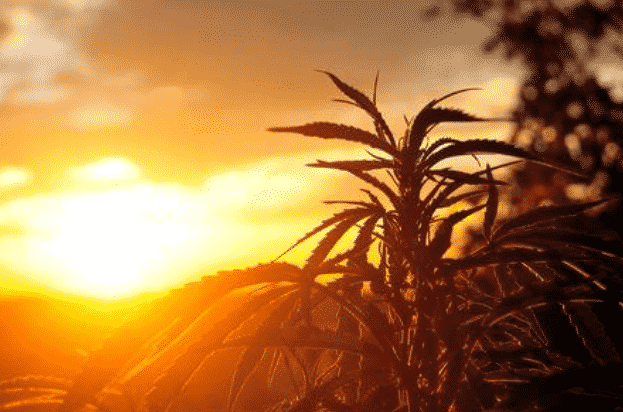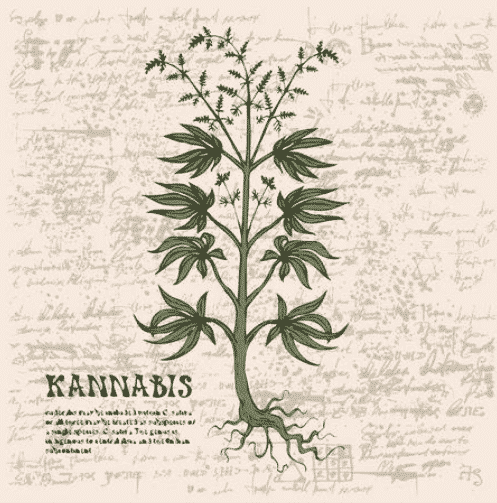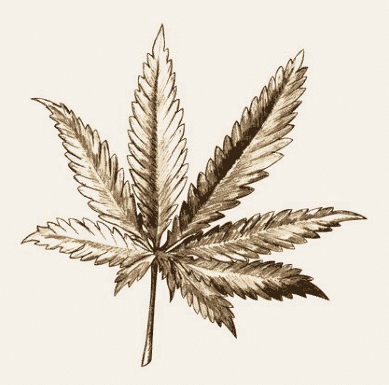The history of the medicinal use of cannabis is dating back thousands of years across the globe.
Asia (Ancient China and Taiwan)
In Chinese Cannabis was called má— “hemp; cannabis; numbness”) or dàmá— with “big; great” it was practiced in Taiwan for the collection of fiber starting about 10,000 years ago. The botanist Li Hui-Lin wrote that in China, “The use of Cannabis in medicine was probably a very early development. Since ancient humans used hemp seed as food, it was quite natural for them to also discover the medicinal properties of the plant.”
The Dutch sinologist Frank Dikötter’s history of drugs in China states, “The medical uses were highlighted in a pharmacopoeia of the Tang, which prescribed the root of the plant to remove a blood clot, while the juice from the leaves could be ingested to combat tapeworm. The seeds of cannabis, reduced to powder and mixed with rice wine, were recommended in various other materia medica against several ailments, ranging from constipation to hair loss.” The Ming dynasty Mingyi provided full guidance about the harvesting of the buds of the cannabis sativa plant (mafen, mabo), while the few authors who recognized hemp in various pharmacopoeias appeared to agree that the resinous female nirvana seeds cannabis were the source of visions and prophecies. After extensive consumption, according to the ancient Shennong bencao jing, one could see demons and walk like a lunatic, even shifting ‘in touch with the spirits’ over time.
The earliest Chinese pharmacopeia, the (ca. 100 AD) Shennong Bencaojing (“Shennong’s Materia Medica Classic”), describes dama “cannabis.” The buds when they break are called mafen or mabo. The best time for collection is the seventh day of the seventh month. The Cannabis seeds are collected in the ninth month. The seeds which have entered the soil are said to be harmful to man while the flowers and the kernels of the seeds are medicinal.
The early Chinese surgeon Hua Tuo (c. 140-208) is recognized with being the first reported person to use cannabis as an anesthetic. He subdued the plant to powder and infused it with wine for administration prior to conducting operation or surgery. The Chinese term for “anesthesia” (mázui) literally means “cannabis intoxication.”
Elizabeth Wayland Barber says the Chinese evidence “proves a knowledge of the narcotic properties of Cannabis at least from the 1st millennium B.C.” when ma was already used in a secondary meaning of “numbness; senseless.” “Such a strong drug, however, suggests that the Chinese pharmacists had now obtained from far to the southwest, not THC-bearing Cannabis sativa but Cannabis indica, so strong it knocks you out cold.”
Cannabis is one of the 50 “primary” herbs in traditional Chinese medicine and is prescribed to manage different implications. FP Smith records in Chinese Materia Medica— the Vegetable Kingdom, “Every part of the hemp plant is used in medicine … The flowers are recommended in the 120 different forms of (Feng) disease, in menstrual disorders, and in wounds. The achenia, which are considered to be poisonous, stimulate the nervous system, and if used in excess, will produce hallucinations and staggering gait. They are prescribed in nervous disorders, especially those marked by local anesthesia.”

Ancient India
Cannabis was a major element in religious exercises in ancient India as well as in medicinal practices. For many centuries, most parts of life in ancient India consolidated cannabis of some form. Surviving documents from ancient India verify that cannabis’ psychoactive properties were classified, and doctors used it for treating numerous types of illnesses and ailments. These include insomnia, headaches, gastrointestinal disorders, and pain —cannabis was commonly used to alleviate the pain of childbirth. One Indian philosopher signified his views on the nature and uses of bhang —an edible preparation of Bodhi seeds cannabis, which combined religious view with medical practices. “A guardian lives in the bhang leaf…To see in a dream the leaves, plant, or water of bhang is lucky…A longing for bhang foretells happiness. It cures dysentery and sunstroke, clears phlegm, quickens digestion, sharpens appetite, makes the tongue of the lisper plain, freshens the intellect and gives alertness to the body and gaiety to the mind. Such are the useful and needful ends for which in His goodness the Almighty made bhang.”
Europe (The ancient Netherlands)
In 2007, a late Neolithic mound connected to the Beaker culture —found near Hattemerbroek, Gelderland; dated 2459-2203 BCE) was discovered containing a remarkably large concentration of pollen. After five years of thorough examination, this pollen was concluded to be mostly cannabis along with a modest amount of meadowsweet. Due to the fever-reducing qualities of meadowsweet, the archeologists considered that the person in the grave had likely been very sick, in which case the cannabis would have assisted as a painkiller.

Ancient Greece
The Ancient Greeks used cannabis to cover wounds and sores on their horses. In humans, dried leaves of cannabis were applied to treat nose bleeds, and cannabis seeds were employed to discharge tapeworms. The most often defined use of cannabis in humans was to soak cannabis seeds in either water or wine, later taking the seeds out and applying a warm extract to treat inflammation and pain resulting from ear infection or obstruction.
Medieval Islamic World
In the medieval Islamic world, Arabic practitioners made use of the antiepileptic, diuretic, antiemetic, anti-inflammatory, analgesic and antipyretic properties of Cannabis sativa, and used it widely as medication from the 8th to 18th centuries.
(MENA) The Middle East and North Africa
The Ebers Papyrus (ca. 1550 BC) from Ancient Egypt reports medical cannabis. Other ancient Egyptian papyri that quoted medical cannabis are the Berlin Papyrus (1300 BC), the Ramesseum III Papyrus (1700 BC), and the Chester Beatty Medical Papyrus VI (1300 BC). The ancient Egyptians even used hemp (cannabis) in suppositories for reducing the pain of hemorrhoids. Around 2000 BCE, the ancient Egyptians applied cannabis to treat sore eyes. The Egyptologist Lise Manniche notes the article to “plant medical cannabis” in several Egyptian texts, one of which dates back to the 18th century BCE.
 Natalie Gray is a Biochemical Engineer. She works in the Research and Development team that focuses on the design and construction of unit processes. She is a recreational cannabis supporter and her love for organic chemistry brought her to medical cannabis. She grows her own flowers, working on different projects and study everything above and under cannabis roots.
Natalie Gray is a Biochemical Engineer. She works in the Research and Development team that focuses on the design and construction of unit processes. She is a recreational cannabis supporter and her love for organic chemistry brought her to medical cannabis. She grows her own flowers, working on different projects and study everything above and under cannabis roots.
This content is not intended as medical advice. The information provided is meant to encourage cannabis education, not replace direct patient-healthcare professional relationships. Always consult your primary care physician or other healthcare provider prior to using cannabis products for treatment of a medical condition. Any statements contained herein have not been evaluated by the Food and Drug Administration. Products referenced are not intended to diagnose, treat, cure, or prevent any disease. Products are only available where the consumption of cannabis is legal.

